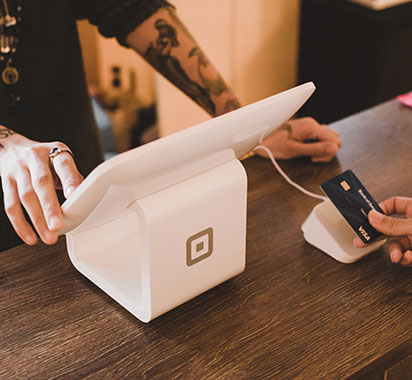

Totally Cool, Inc. has ceased the production and distribution of the affected products due to FDA sampling which discovered the presence of Listeria monocytogenes.

Totally Cool, Inc. has ceased the production and distribution of the affected products due to FDA sampling which discovered the presence of Listeria monocytogenes.
While most people think of nutritionists as general advisors who sit down with them one-on-one to create diet plans, their role goes far beyond that. Nutrition specialists play a critical role in educating the public with regard to food safety.

Food safety is a growing concern among consumers. Restaurants can reduce food safety risks in their establishments by implementing technology in these five areas.

According to the outcomes of the study, certain sanitizers are significantly more effective in destroying the norovirus, and all benefit from the addition of a wiping step.

Do not eat, serve or sell FreshKampo or HEB brand organic strawberries purchased between March 5, 2022, and April 25, 2022.

Many restaurants suffer from a lack of visibility into their inventories. Inventory management technology can help them increase transparency and control to become more cost-effective and agile.

COVID-19 changed the way we live, work and play. As part of these changes, onsite dining has declined since the beginning of the pandemic, and many customers are still choosing “to go” meals to eat at home vs. dining out at restaurants. Just as Zoom transformed the way we conduct business meetings from home, ghost kitchens are changing the way we serve guests.

Technology is helping restaurants and grocery stores execute activities from contactless transactions to track, record, and promote their safety policies as never before.

Operators are facing a number of challenges while trying to regain their footing as COVID-19 restrictions wind down. However, there are ways to invest in food safety technology, even while profits are recovering.

The pandemic’s long-term effect on food supply chains is expected to result in increased threats, including fraud, theft and safety issues.